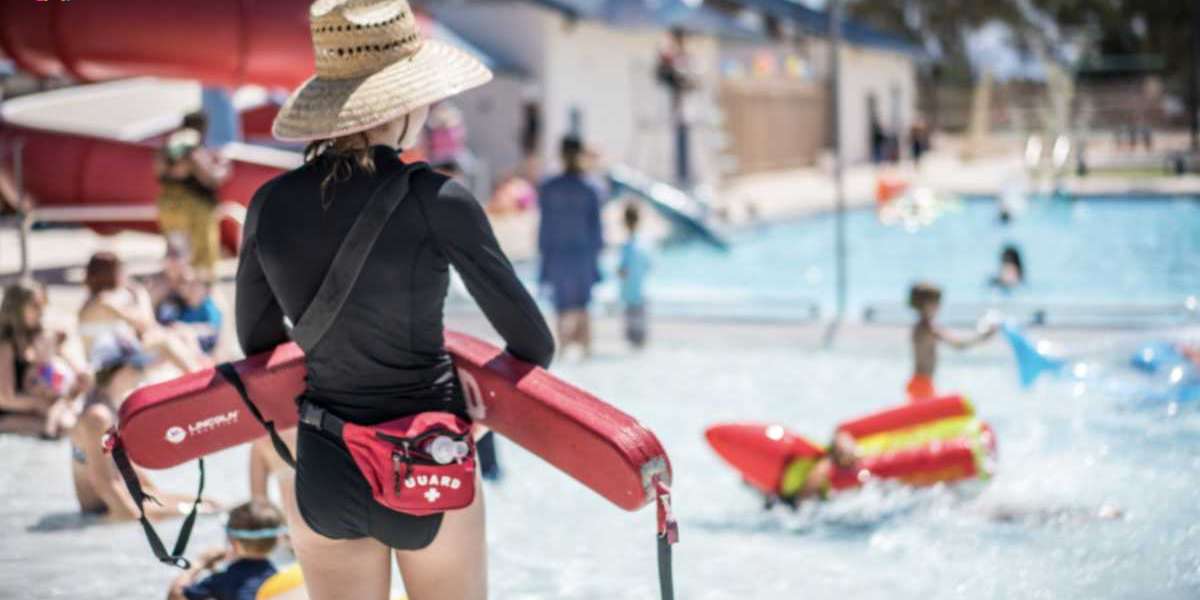Lifeguarding is a noble profession that requires a unique set of skills, physical fitness, and a commitment to safety. Whether you're considering a lifeguard course for the first time or you're planning to renew your certification, understanding the requirements is essential. This article will guide you through the essential prerequisites and qualifications needed for lifeguard courses, focusing on how American Lifeguard USA supports you on your journey.
1. Age Requirements
The minimum age requirement is typically 15 years old. However, some advanced courses, such as those for waterfront or pool lifeguarding, may require participants to be at least 16 or 17 years old. American Lifeguard USA offers a variety of courses tailored to different age groups, ensuring that participants receive age-appropriate training.
2. Swimming Proficiency
A solid foundation in swimming is non-negotiable. Before enrolling in a lifeguard courses, you should be able to demonstrate strong swimming abilities. This usually includes:
Swimming a set distance: Participants may need to swim 300 to 500 yards continuously using front crawl and breaststroke techniques.
Treading water: Most courses require treading water for at least two minutes without using your hands.
Timed events: You might be asked to swim a certain distance within a set time, retrieve a weighted object from the bottom of the pool, and return it to the surface.
American Lifeguard USA emphasizes the importance of swimming skills and offers preparatory sessions to help you meet these benchmarks.
3. Physical Fitness
Lifeguarding is physically demanding. It requires endurance, strength, and agility. Participants in lifeguard courses must be in good physical health and be prepared for strenuous activities. Physical fitness tests often include:
Endurance training: Being able to swim for extended periods without tiring.
Strength training: Handling rescue equipment and performing water rescues.
Flexibility and agility: Moving quickly in and out of the water, especially in emergency situations.
At American Lifeguard USA, the courses are designed to build and test your physical capabilities, ensuring you are fit to perform the duties of a lifeguard.
4. Knowledge of First Aid and CPR
Lifeguards must be proficient in first aid and CPR. Most lifeguard courses include these certifications as part of the training, but some may require you to have them before enrolling. The core skills you need include:
Cardiopulmonary Resuscitation (CPR): Learning how to perform CPR on adults, children, and infants.
First Aid: Basic knowledge of wound care, treating sprains, and handling other minor injuries.
AED Use: Knowing how to operate an Automated External Defibrillator (AED) is increasingly becoming a requirement.
American Lifeguard USA provides comprehensive training in these areas, ensuring that every participant is well-equipped to handle emergencies.
5. Understanding Water Safety
A deep understanding of water safety principles is crucial for any lifeguard. This includes:
Recognizing water hazards: Being able to identify potential dangers in pools, lakes, and oceans.
Understanding weather conditions: Knowing how weather can affect water conditions and swimmer safety.
Emergency action plans: Familiarity with the procedures to follow in different types of emergencies, from minor incidents to severe ones.
American Lifeguard USA incorporates detailed water safety training into their courses, emphasizing the importance of preventive measures and quick decision-making.
6. Communication Skills
Effective communication is essential for lifeguards, who must be able to convey instructions clearly to swimmers and coordinate with other lifeguards and emergency personnel. Key communication skills include:
Clear verbal communication: Giving concise instructions to swimmers and other lifeguards.
Non-verbal communication: Using hand signals or whistles to direct swimmers in noisy environments.
Team coordination: Working seamlessly with other lifeguards and staff to ensure swimmer safety.
American Lifeguard USA includes modules on communication skills, ensuring that you can effectively manage situations both in and out of the water.
7. Mental Preparedness
Lifeguards must be mentally prepared for the responsibilities that come with the job. This includes:
Quick decision-making: Being able to assess situations quickly and act decisively.
Stress management: Remaining calm under pressure, especially in life-threatening situations.
Responsibility: Understanding the serious nature of the role and the impact of your decisions on others' safety.
American Lifeguard USA emphasizes mental preparedness in their courses, offering training that helps you develop the focus and resilience needed to succeed as a lifeguard.
8. Completion of a Lifeguard Course
The final requirement is the successful completion of a lifeguard course. This typically involves:
Classroom instruction: Learning the theory behind water safety, rescue techniques, and first aid.
Hands-on training: Practicing rescues, CPR, and first aid in controlled environments.
Final evaluation: Passing written exams and practical tests to demonstrate your knowledge and skills.
American Lifeguard USA offers a variety of courses that cater to different levels of experience and specialization. Their instructors are certified professionals who ensure that you receive the highest quality training.
9. Recertification
Lifeguard certification is not a one-time achievement. Most certifications are valid for two years, after which you'll need to undergo recertification. This process typically involves a refresher course and a skills evaluation to ensure you remain up to date with the latest techniques and regulations.
American Lifeguard USA provides convenient recertification courses that help you maintain your credentials and continue your career as a lifeguard.
Conclusion
Becoming a lifeguard is a rewarding journey that requires a combination of physical fitness, mental readiness, and a commitment to safety. By understanding and meeting the requirements for lifeguard courses, you set yourself up for success in this vital role. American Lifeguard USA is dedicated to providing the training and support you need to excel as a lifeguard, offering comprehensive courses that prepare you for the challenges and responsibilities of the job. Whether you're just starting or seeking recertification, American Lifeguard USA is your trusted partner in achieving and maintaining your lifeguard certification.




